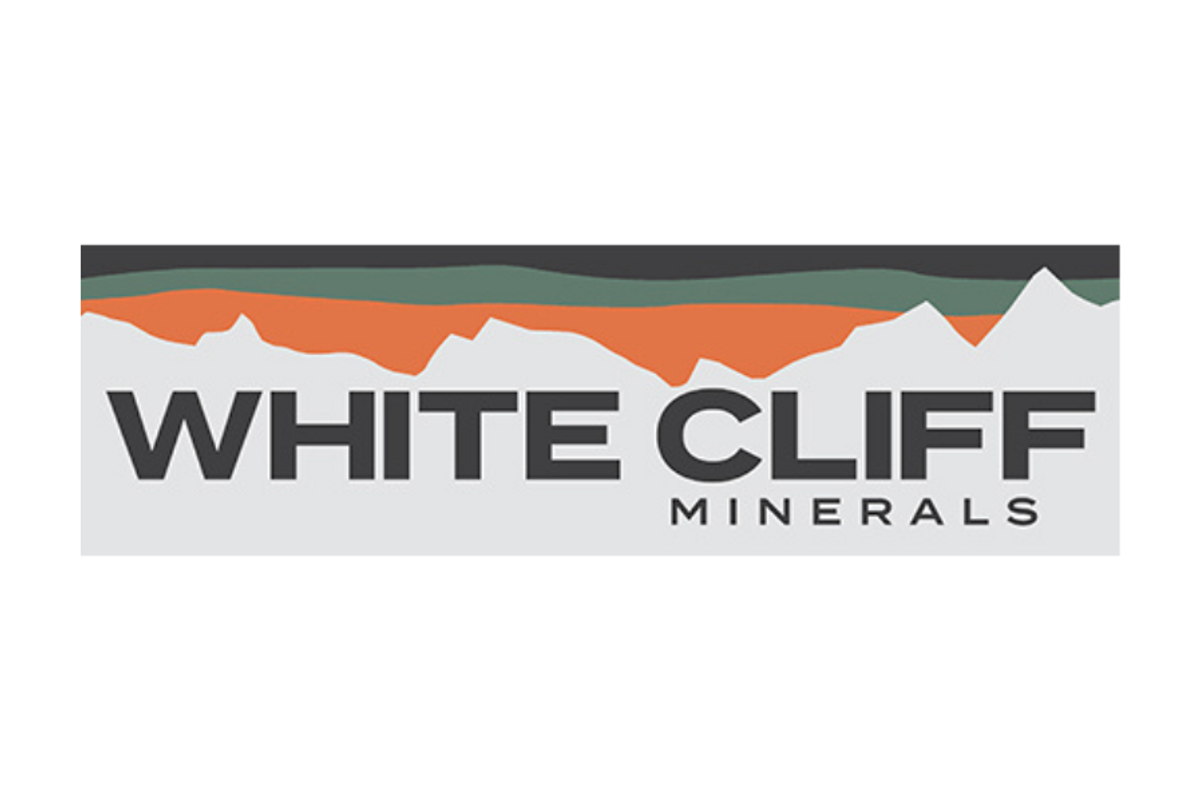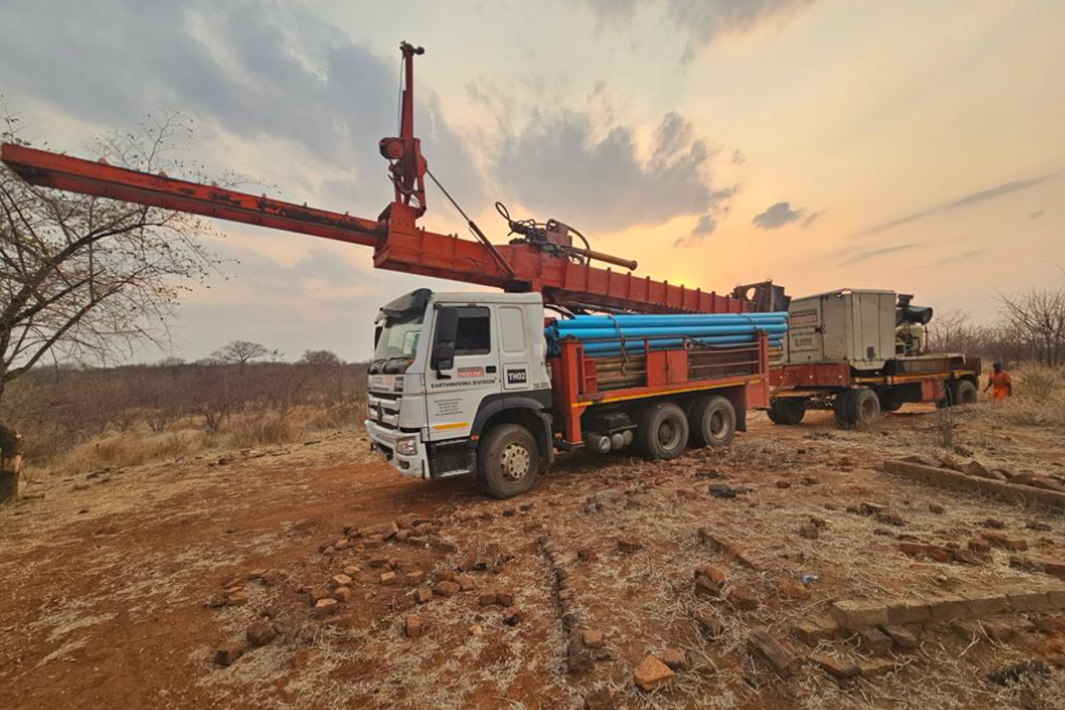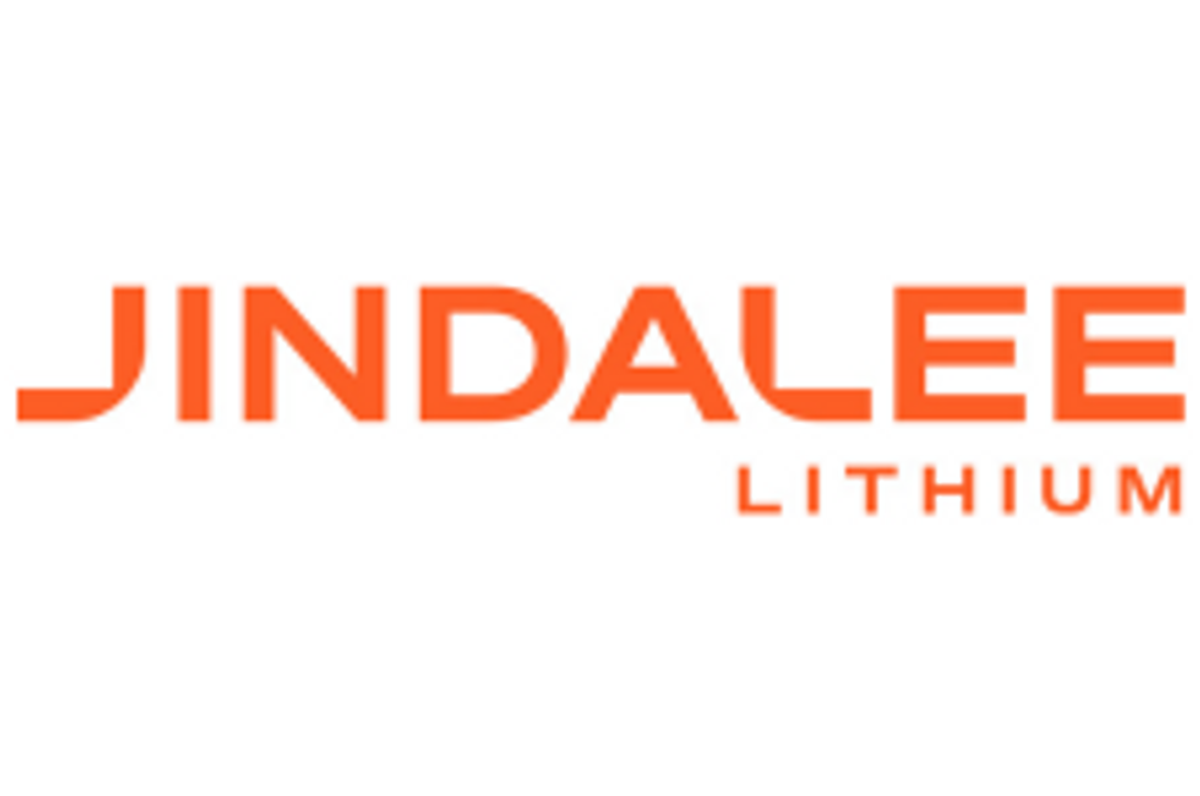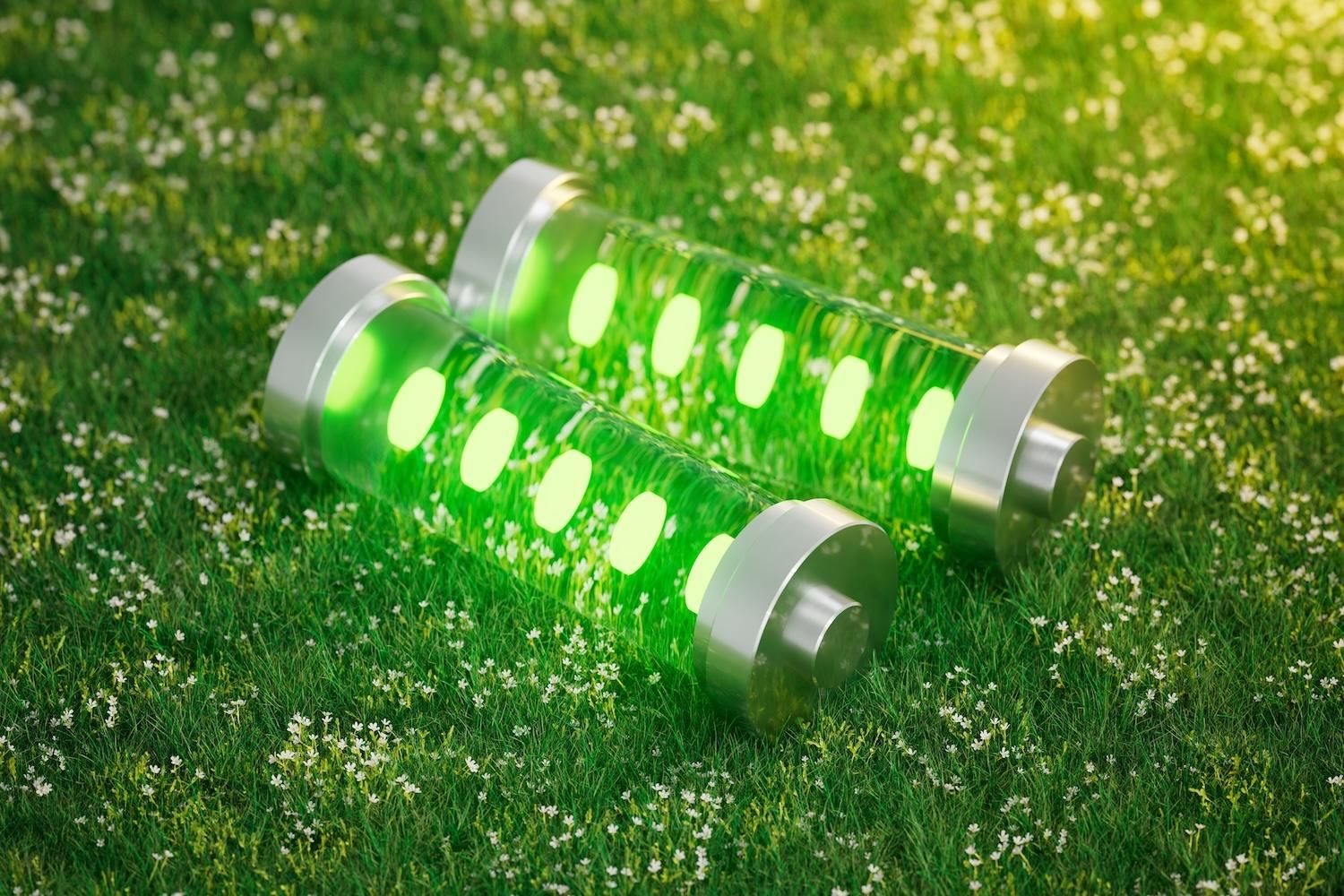
October 28, 2024
Geochemical and geophysical results confirm prospectivity for sediment-hosted copper potential at Rae Project
White Cliff Minerals Limited (“the Company”) is pleased to announce the initial results from the first project scale airborne geophysical survey at the Rae Copper Project (“Rae” or “the Project”), Nunavut, Canada. Results confirm prospectivity for district scale sediment-hosted copper potential.
- With the Company’s latest land acquisition, the Hulk exploration district has expanded to cover 152km2 within a larger, broader sub-basin that has interpreted dimensions that exceed 20km by 10km
- The MobileMT airborne survey, conducted over 2,400 line-km at the Project, represents the latest innovation in airborne electromagnetic technology and the most advanced generation of airborne AFMAG technologies. It is the only system proven to deliver geoelectrical information from shallow to > 1km depth range with high spatial (lateral and in-depth) and resistivity resolution
- The Hulk district represents 505 of the total 2,400 line-km flown as part of the aerial survey. The Company continues to review, interpret and analyse several additional anomalies within the greater Rae Project area that have shown elevated conductive signatures - these results will be confirmed prior to the end of the year
- Final analysis and interpretation of the survey completed in conjunction with Expert Geophysics has identified three, distinct, conductive anomalies at the Hulk sedimentary target
- These target areas are fault controlled, sub basins covering >20km of strike, with mineralization being targeted from surface to an estimated depth of ~300mtrs with up to 70mtr intersections within the Rae Group sedimentary structures.
- East (Target A):
- situated less than 2km west of the historic drill intercept of sediment hosted copper by Kaizen Discovery Corp, where results from that drill program demonstrated increasing copper grades as drill holes progressed westward towards the Company’s licences and the Hulk target area
- the area is bounded by 2 major N/S trending faults, including the regional Herb Dixon structure - a known conduit of hydrothermal copper fluids
- spans more than 4.5km E/W, 8km N/S and - open to the north into the newly acquired expanded claim
- Central (Target B):
- a fault-controlled target, sitting on the eastern side of the Herb Dixon structure
- sitting within a 3.5km E/W, 8km N/S conductive footprint, also open to the north
- West (Target C):
- sits within the bounds of two major NW/SE faults and contains intersecting NW/SE and N/S structures, providing a geological structural boundary around the sedimentary basin
- covers an area 10km N/S x 4km E/W and includes the CALMAL showing
- The Herb Dixon Structure is a major regional North/South fault that cuts through the Hulk District. This same structure can be directly traced to the Company’s Vision project where rock chip assays included 64.02%, 62.02%, 55.01% and 50.48% Cu
“The recently expanded Hulk District now has multiple, independent and coincident datasets that demonstrate sediment- hosted copper mineralisation. The identification of three sub-basins along a 20km strike length provides us with significant scope for multiple copper discoveries.
The conductive intervals we’ve observed dip northward, aligning perfectly with the orientation of the Rae Group sedimentary structure, extending over 10km down dip into White Cliff’s recently claimed ground. The remarkable continuity in conductive signatures across these sections, combined with the coincident chemical and geophysical responses observed at Hulk can only be explained by one of a few possibilities, one of which is a substantial metal occurrence.
With these results, alongside the assays we received from our field campaign at Rae, we are now in a position where we can confirm and pinpoint drilling locations for the upcoming campaign. The expanded Hulk target has encouraged the Company to look at expanding the drilling services that are planned for 2025 and I look forward to providing an update on the scale of that fully funded drilling campaign later this year.”
Troy Whittaker - Managing Director
Click here for the full ASX Release
This article includes content from White Cliff Minerals Limited, licensed for the purpose of publishing on Investing News Australia. This article does not constitute financial product advice. It is your responsibility to perform proper due diligence before acting upon any information provided here. Please refer to our full disclaimer here.
The Conversation (0)
11 December
Mining the Gap: 5 Forces Shaping North America’s Lithium Supply Chain
A convergence of industry investments, government initiatives and a shifting global trade dynamic is creating an environment ripe for the development of a North American battery supply chain, with lithium playing a leading role. These trends are reshaping the region’s industrial base and opening... Keep Reading...
10 December
Rock Bottom: Strategic Window for Ground-level Lithium Investment
When lithium prices hit bottom, savvy investors know that’s exactly where the next big discovery begins — literally. Beneath the surface of global markets and remote exploration grounds, new opportunities are forming in the wake of a sharp price reset and renewed geopolitical urgency.Recent... Keep Reading...
10 December
Liontown Resources Pens Lithium Offtake Agreement with China's Canmax
Liontown Resources (ASX:LTR,OTC Pink:LINRF) has executed a binding offtake agreement with Chinese conglomerate Canmax Technologies (SZSE:300390) as part of its strategy to diversify its customer base.“Listed on the Shenzhen Stock Exchange, Canmax is one of the world’s leading manufacturers of... Keep Reading...
08 December
Trading Halt
Jindalee Lithium (JLL:AU) has announced Trading HaltDownload the PDF here. Keep Reading...
05 December
Livium Receives A$663k in RsD Tax Incentive Rebates for VSPC
Livium Ltd (ASX: LIT) (“Livium” or the “Company”) advises that it has received A$663,000 in research and development ("R&D") tax incentive rebates from the Australian Tax Office for the 2025 financial year ("FY25"), relating to its wholly owned subsidiary VSPC Pty Limited ("VSPC"). The rebate... Keep Reading...
01 December
Why SQM Says Social Dialogue is Key to Sustainable Lithium
As scrutiny continues to intensify across the battery metals supply chain, the conversation around sustainability has moved far beyond carbon footprints. At this year’s Benchmark Week, Stefan Debruyne, director of external affairs at Sociedad Quimica y Minera de Chile (SQM) (NYSE:SQM), made that... Keep Reading...
Latest News
Interactive Chart
Latest Press Releases
Related News
TOP STOCKS
American Battery4.030.24
Aion Therapeutic0.10-0.01
Cybin Corp2.140.00





